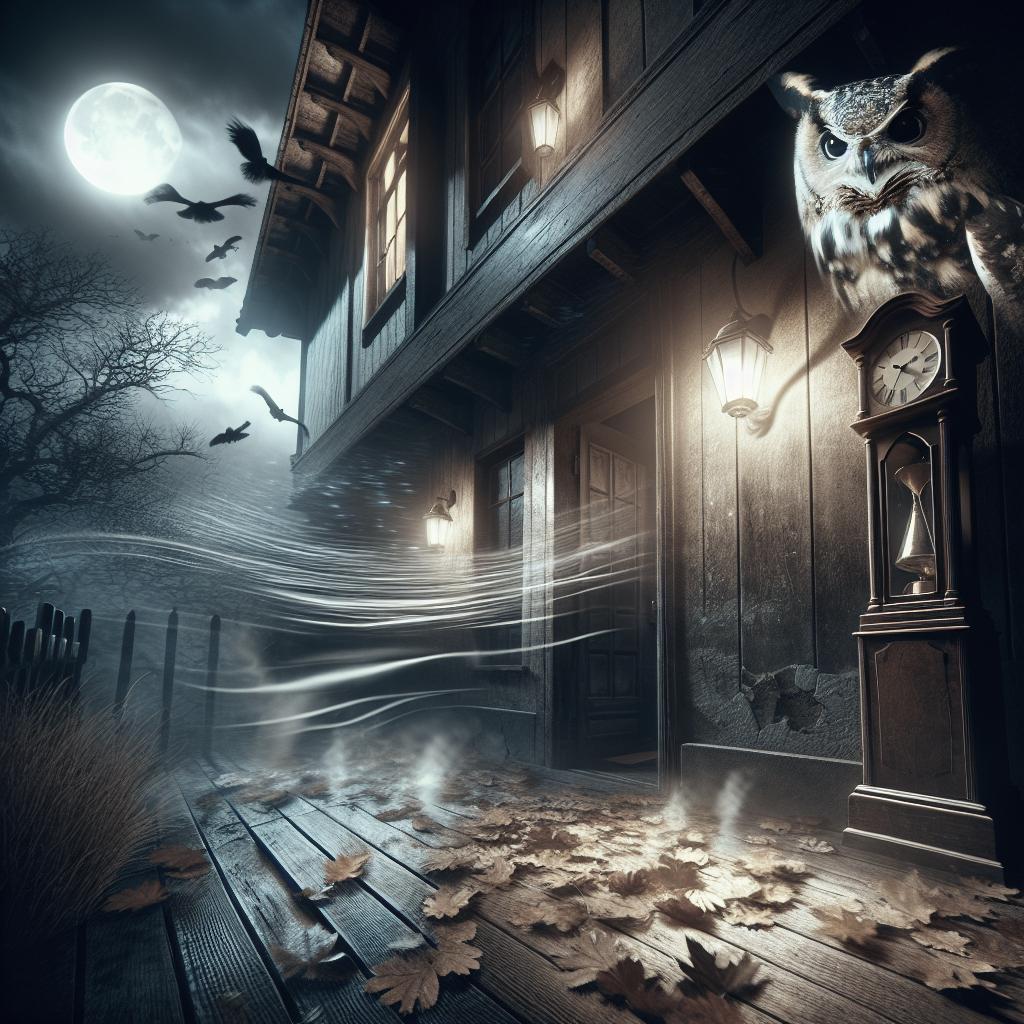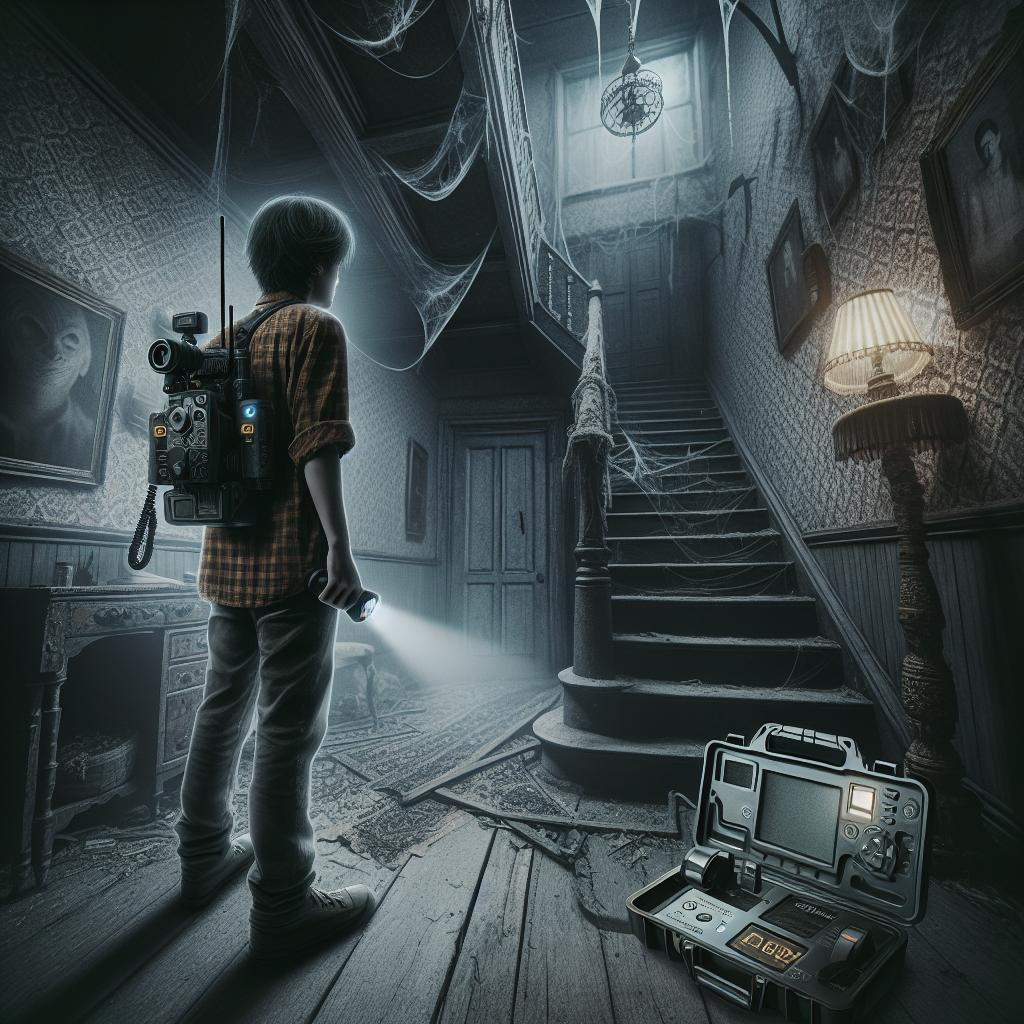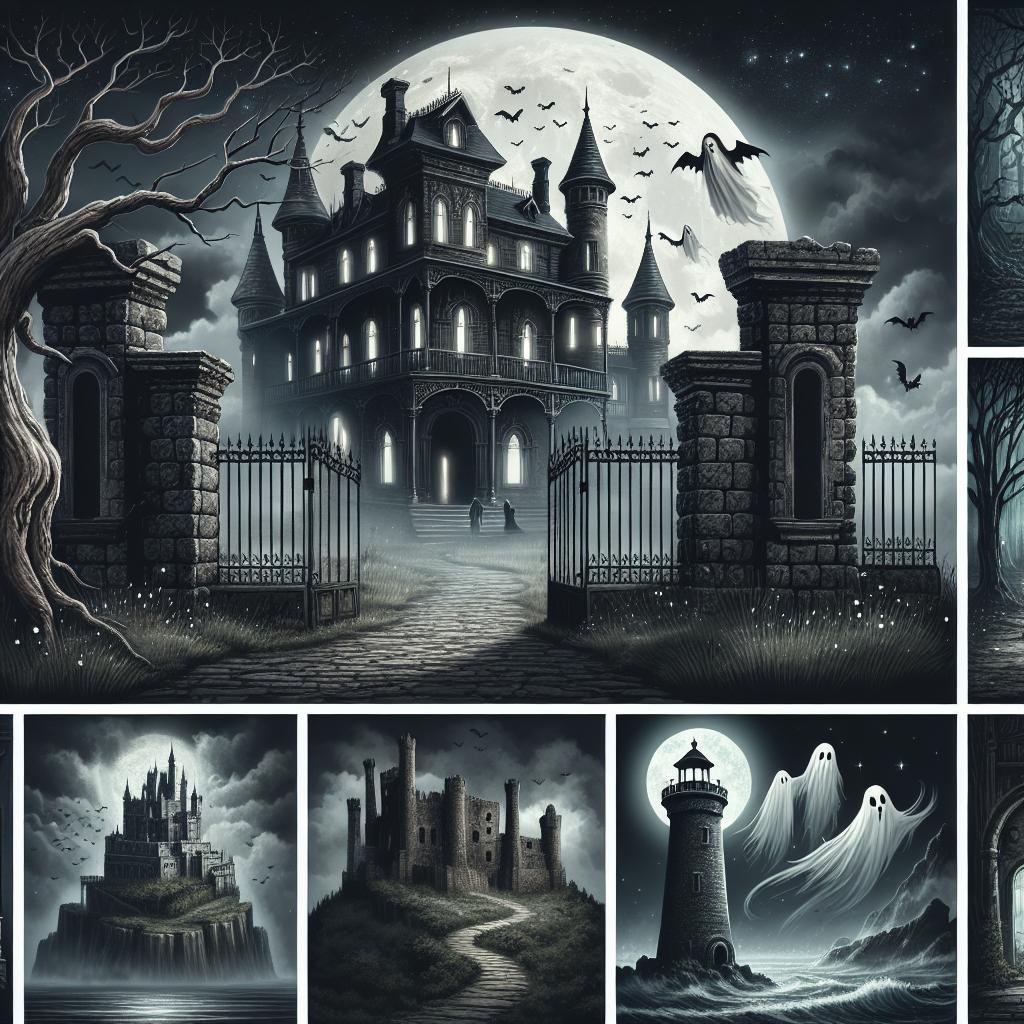“`html
How Do Ambient Sounds Contribute to the Ghostly Atmosphere?
Ambient sounds play a pivotal role in shaping the atmosphere of media, particularly when it comes to creating ghostly or eerie environments. Their subtle presence can evoke feelings of unease and tension, crafting a sensory experience that directly impacts the audience’s perception of the supernatural. This blog explores the science behind spooky music, including the elements of intense dissonance and nonlinear chaotic noise, while examining the psychological associations that make certain sounds inherently terrifying. Additionally, we’ll look into recommendations for those interested in crafting their own spine-chilling soundscapes.
The Science of Spooky Music
Intense Dissonance
Dissonance is a cornerstone in the realm of eerie music. When notes are played together that clash rather than harmonize, they create a sense of tension and discomfort in the listener. This effect is not just theoretical; it’s rooted in how our brains process sound. The unexpected collision of notes demands resolution that never arrives, amplifying unease. As a result, horror movie scores often rely heavily on dissonant chords to signal danger or suspense.
Moreover, the use of dissonance is closely related to the phenomena known as “sensory dissonance,” where the listener’s expectations are intentionally subverted. Such auditory misdirection can evoke emotions such as fear or apprehension, diverting the audience’s focus and reinforcing the eerie atmosphere. This auditory tool is especially effective in horror genres where the uncertainty of what’s to come keeps audiences on the edge of their seats.
Nonlinear Chaotic Noise
Nonlinear chaotic noise refers to a series of sounds that are unpredictable, loud, and often jarring. This type of noise is common in nature, like the sound of a screeching animal. Evolutionarily, humans are conditioned to respond to these sounds as they often signal danger. Composers lean on these primal instincts to elicit fear and anxiety by incorporating such sounds into spooky scores.
In ghostly atmospheres, the unpredictability of nonlinear sounds mimics the chaotic presence of an unseen entity. The sudden influx of unpredictable noise can imitate the supernatural’s volatile temper, creating an unsettling experience for listeners. This calculated application of chaos can enhance a storyline, effectively embedding a scene into the viewer’s memory as an intense and memorable moment.
Association
Much of the fear linked to ambient sounds lies in historical and cultural associations. Sounds often used in horror realms—like howls, whispers, or distant footsteps—are culturally coded with meanings of danger, haunting, or the unknown. Over time, film and media have compounded these associations, making them staples in the creation of spooky atmospheres.
Additionally, personal experiences play a huge role in how we interpret these sounds. A sound that was played during a previous unsettling moment can trigger similar emotions upon being heard again. Shows and movies capitalize on this by repeating certain motifs or using familiar sounds to invoke feelings of dread and anticipation in their audiences. This cumulative education in sound association ensures ambient noises continue to thrill, scare, and captivate audiences around the world.
Related posts:
Post navigation
The Best Music For Concentration
If you’re interested in understanding how different sounds can foster concentration, check out our post on the best music styles and ambient sounds that enhance focus. From chill electronic mixes to nature-inspired white noise, we cover how the right audio backdrop can heighten productivity.
How to Make Scary Music
Crafting spine-chilling music requires a deft understanding of tension, timing, and soundscape. Learn the art of blending dissonance, eerie motifs, and digital effects to create terrifying music that leaves an unforgettable mark on the audience. Dive into our guide for a step-by-step approach.
Lessons Learned
| Element | Description | Impact |
|---|---|---|
| Intense Dissonance | Clashing notes that never resolve. | Creates tension and unease. |
| Nonlinear Chaotic Noise | Unpredictable sounds mimicking natural danger signals. | Elicits primal fear responses. |
| Association | Culturally coded sounds linked to fear. | Triggers emotional memories and expectations. |
“`


